Yes, it’s Starbucks and you could be wondering why I’m covering about them. I know everyone has an opinion about Starbucks given their popularity! However, I’m going to make things easy by unravelling their specialty coffee experience brand which is called Starbucks Reserve.
First things First - What is Starbucks Reserve?
Starbucks Reserve is a selection of the rarest, most exceptional coffees Starbucks has to offer. It’s where they push their own boundaries of craft coffee, developing unique roasts for small micro lots before experimenting with coffee as an art form—brewing, aging, infusing and blending it into imaginative and often surprising creations.
Starbucks began its journey over forty years ago to make premium Arabica coffee accessible to all while fostering a culture of human connection and is largely credited with the Second Wave of Coffee. This is their recent project to catch up with all the Indie coffee roasters and coffee shops on the Third Wave of Coffee.
Starbucks Reserve is also a commitment to up the bar, scouring the world for top notch beans while evolving the coffee place experience to something surprising and multi-sensory.
All the world’s best roasts find a home at the Starbucks Reserve Store. At the Starbucks Reserve bar, for instance, customers can enjoy a lineup of Starbucks Reserve small-lot single-origin coffees. Choose from exquisite coffees including Bolivia Sol de la Mañana, Rwanda Abakundakawa, Sumatra Lake Toba, Zambia Isanya Estate all brewed and served by Starbucks black apron coffee masters.
Apart from simply sourcing the world’s best coffee beans, the roasters here will help unleash its true flavours. When green beans arrive at the Starbucks Reserve, master roasters tailor a unique roast for each lot to unlock the rich flavour and subtlety of every coffee bean. Starbucks’ highly trained coffee experts, equipped with immense coffee expertise, seep the intricacies of each beverage’s fragrance and flavour profile.
Coffee Store Design
Regular Starbucks stores tend to contain a coffee counter with food displays, tables, and chairs. They are cookie-cutter coffee bars with the standardized branding.
Starbucks Reserve coffee places are massive sized stores, at least twice the size of a regular Starbucks. These stores are interior design gems, often located in iconic buildings with antique fixtures and custom designer fittings.
The storefront’s layered woodwork is inspired by the rolling hills of coffee farms, while its counters have honeycomb patterns etched into them.
Coffee Experience
At Jewel Changi Starbucks Reserve Store which I visited, the caffeine indulgence can be enjoyed across two bars: one which serves all core and seasonal handcrafted Starbucks products; and the other (right at the centre of the store) that provides six different brewing methods, including Pour-over, Nitro-cold brewing, Siphon brewing, Chemex® and Black Eagle espresso.
My Coffee Master for that day was Syakirah who asked me a few questions before recommending Rwanda Hingakawa in Chemex® method.
Tasting Notes: Sweet mandarin citrus and honey, delicate florals and clove baking spices.
Coffee Farm: Hingakawa,Rwanda
Located in the Gakenke district in the Northern Province of Rwanda, the heroes of this farm are a group of all-female coffee farmers. They call themselves Hingakawa, which means “let us grow coffee.”
After the 1994 Rwandan genocide, trust in the country was totally broken and the nation was in a turmoil. There was a time in Rwanda when neighbours were killing neighbours, and ethnic groups were wiping out other ethnic groups. In the years that ensued, coffee has helped bring reconciliation and revitalization to the country. And it wouldn’t have been possible without the women of Rwanda, including the Hingakawa group.
Traditionally, the men tilled the soil for cash crops, including coffee, and the women tilled the soil for food crops. But after the genocide, most of the men were dead, in prison or living as refugees in exile.
As the women began working to rebuild the coffee industry, they had to come together and trust each other again. They’ve shown grace and forgiveness at times when it might have seemed unimaginable.
The Hingakawa group, started off with just a handful of women is now 500 member strong and is a part of a larger co-operative, Abakundakawa.
Rwanda coffees are often delicate coffees that earn a lighter roast profile to bring out the wonderful origin flavours.

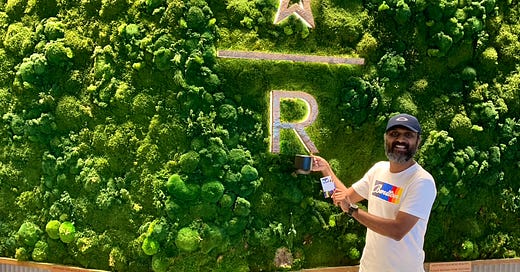



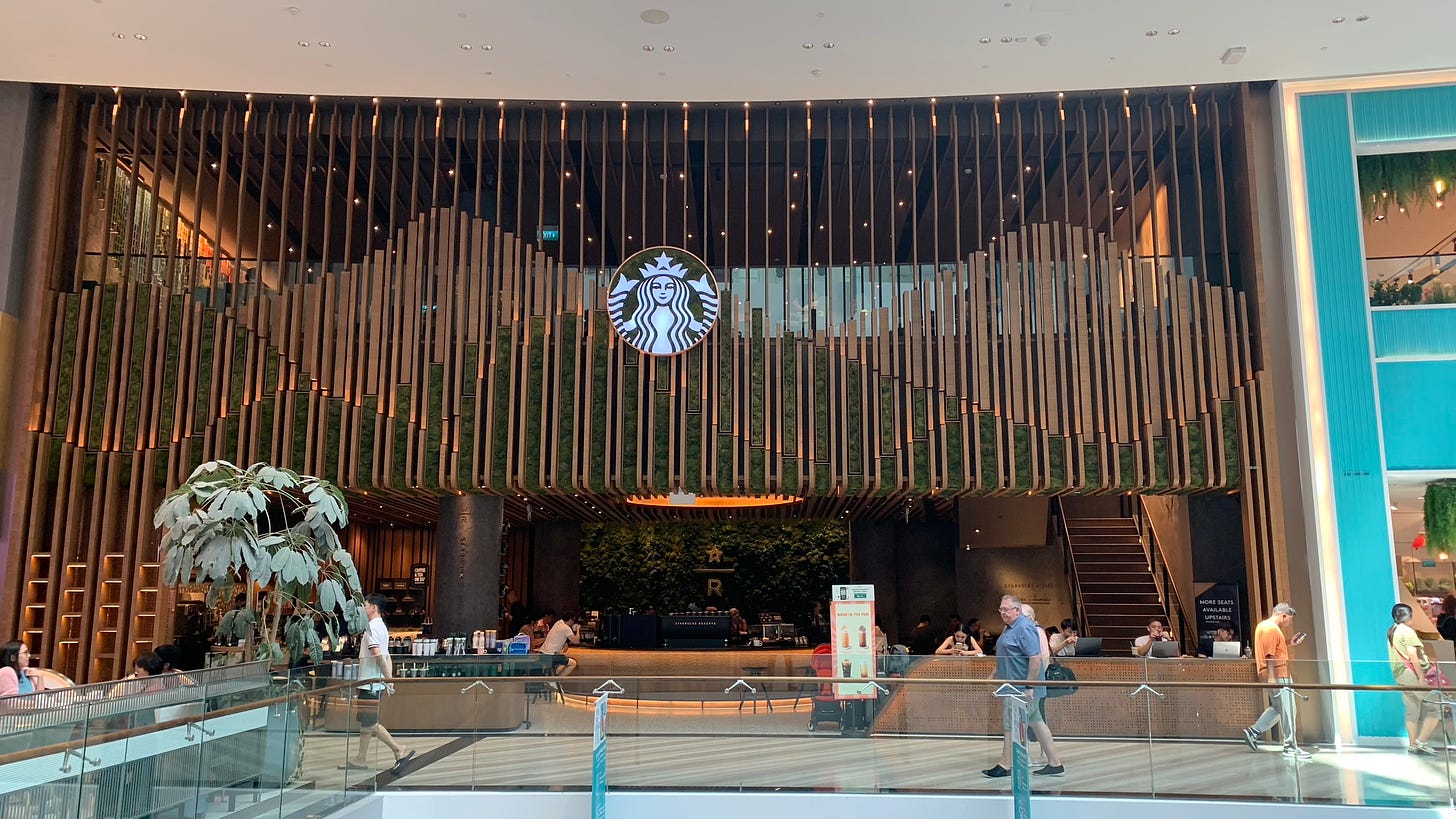
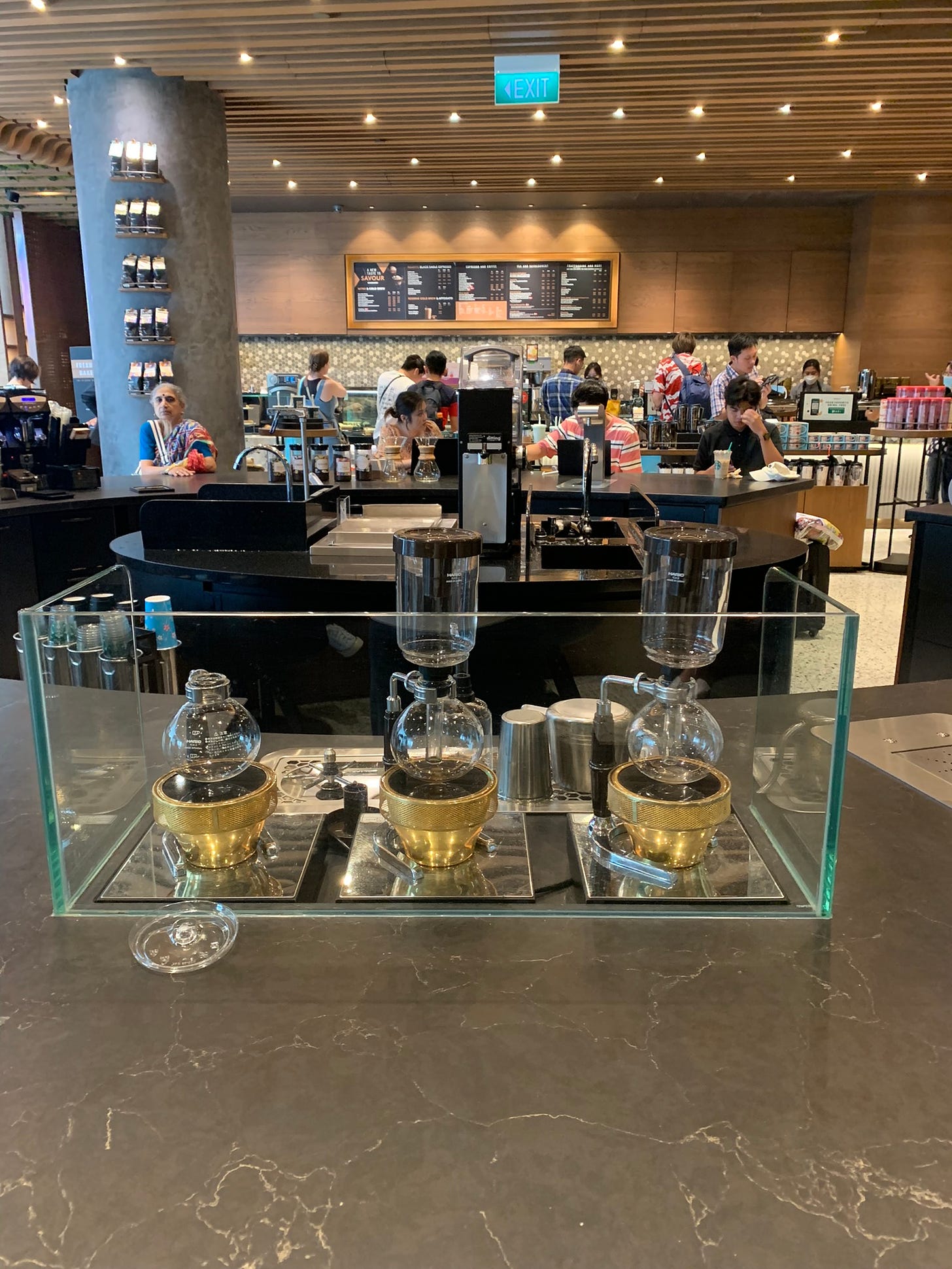
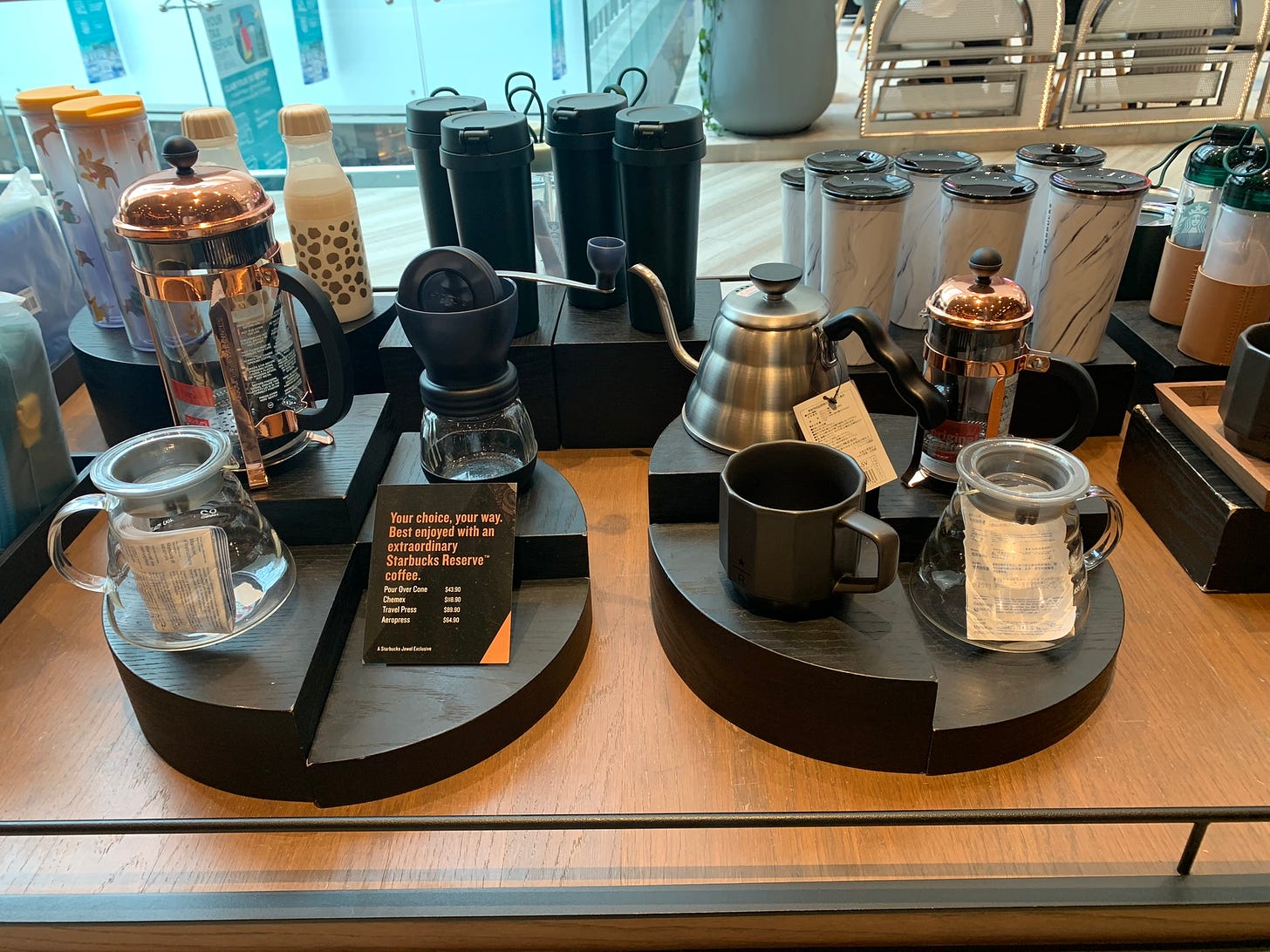
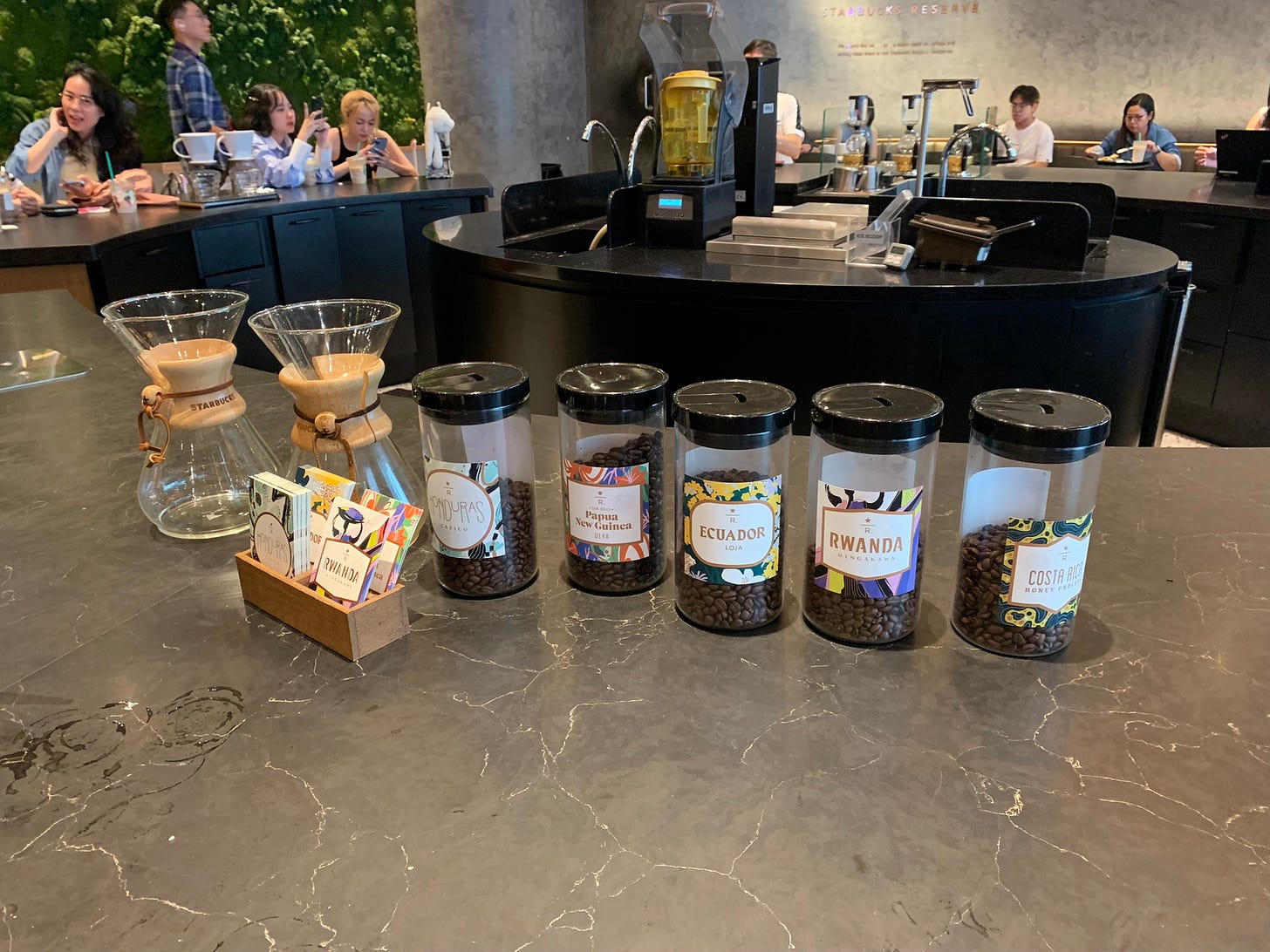
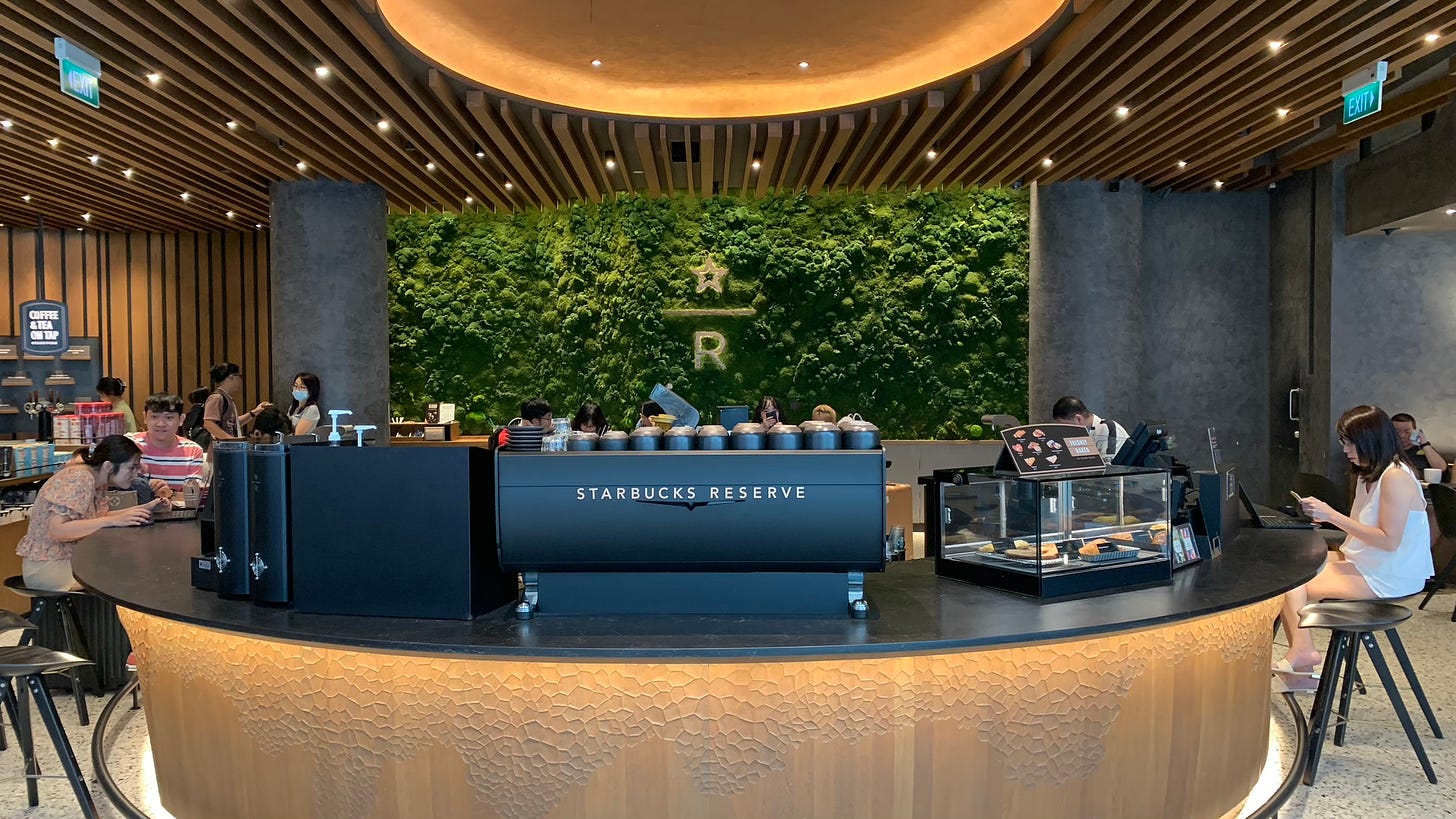
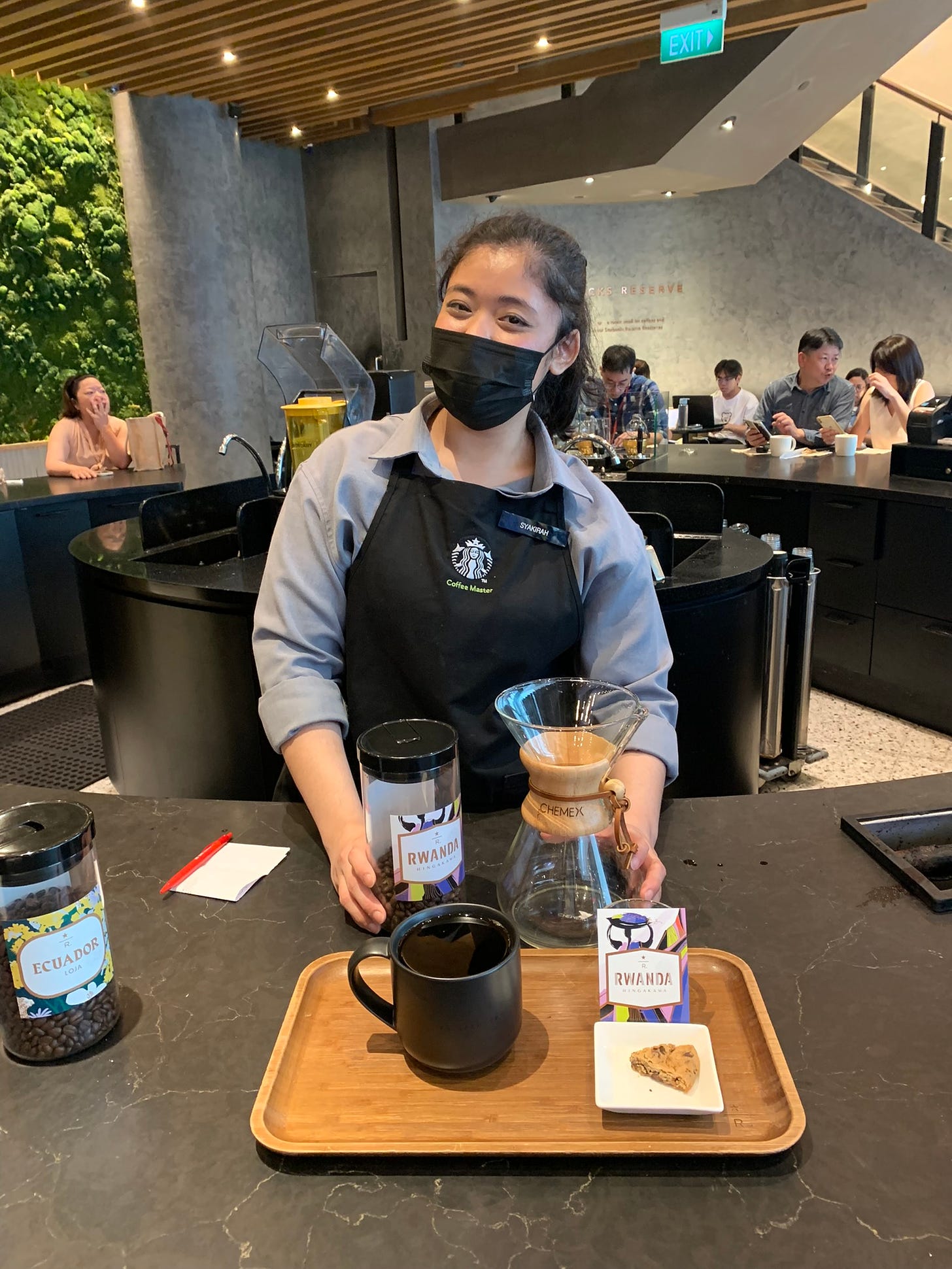
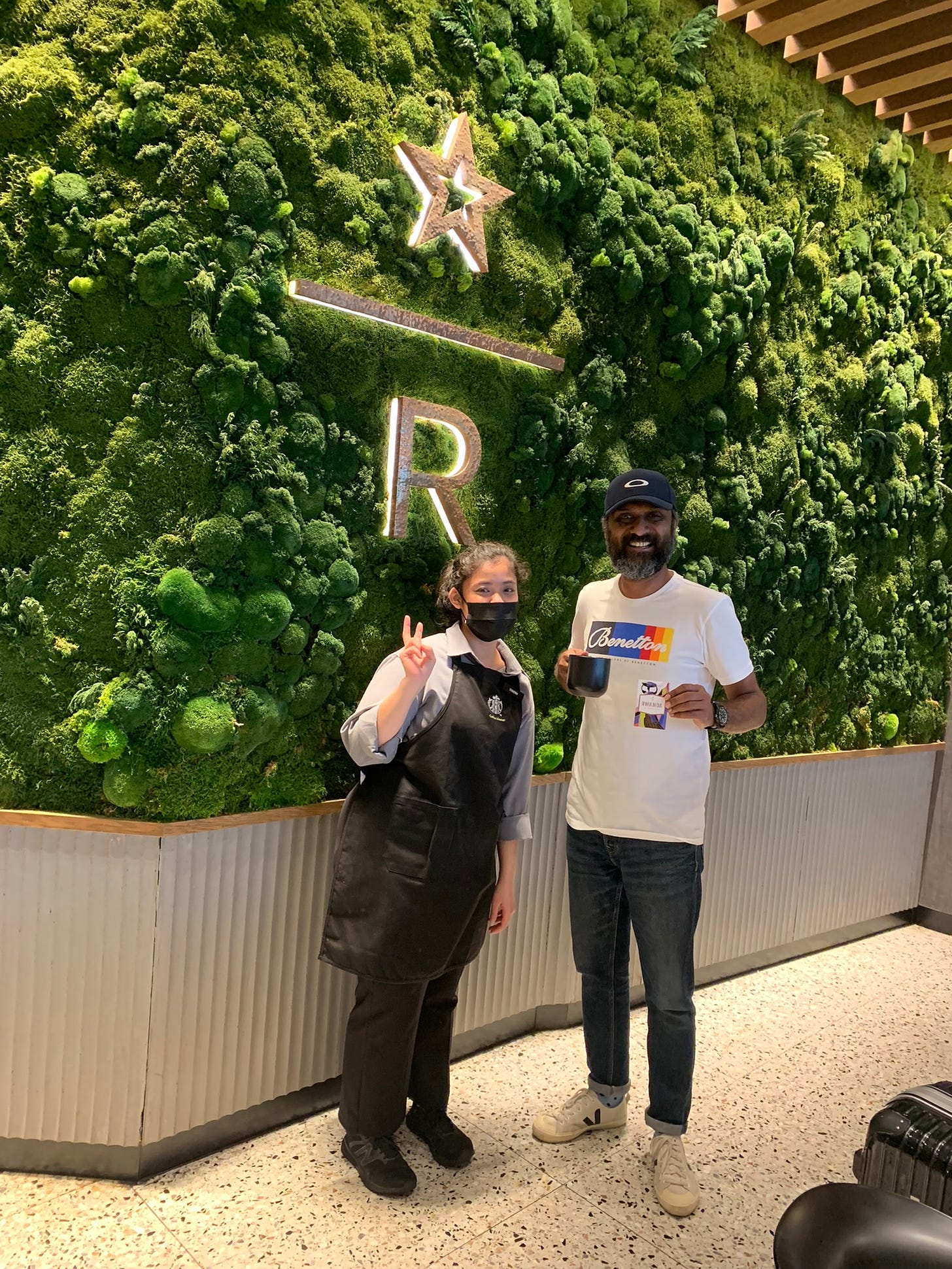
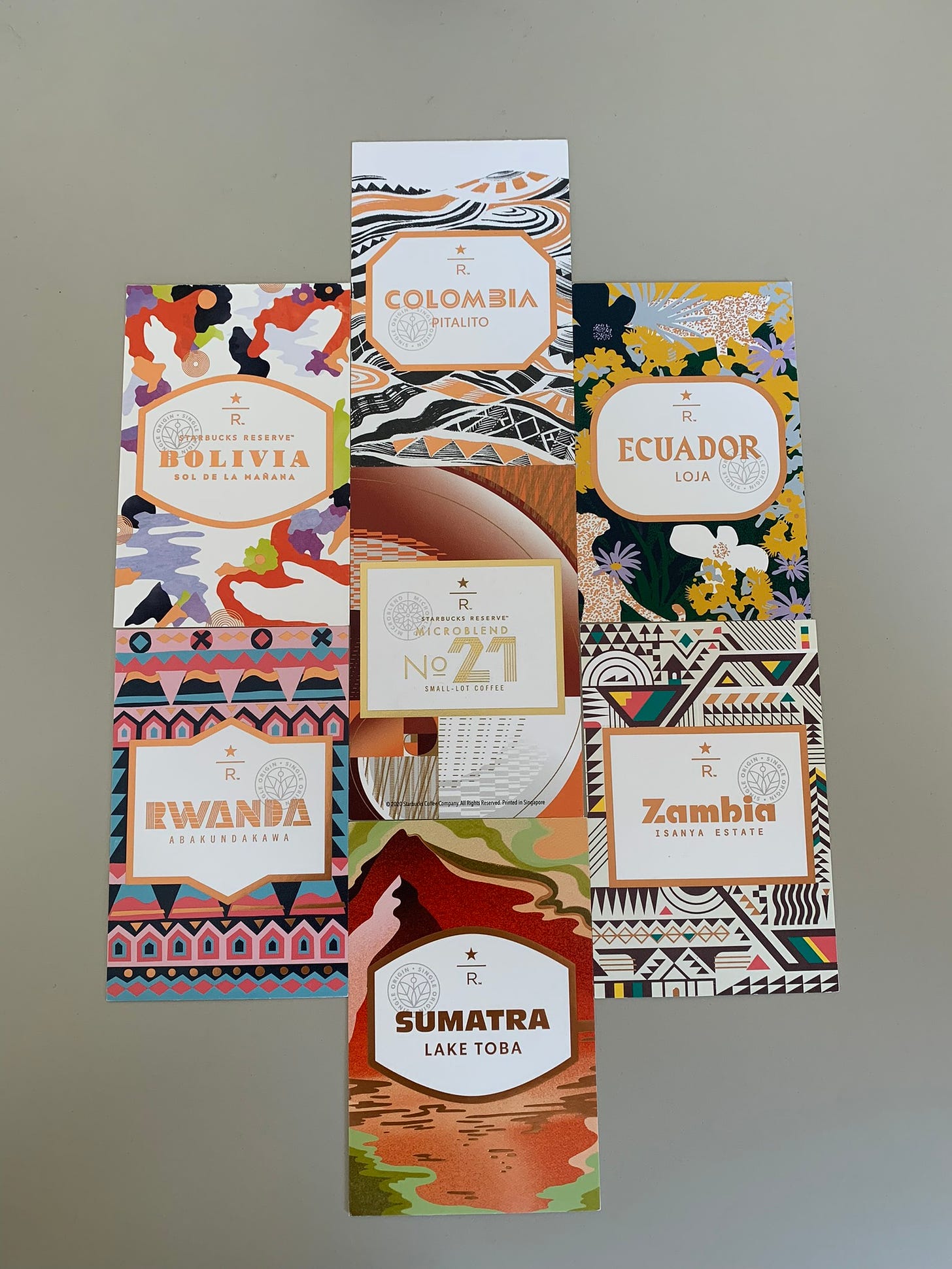
I don’t think I ever tried Rwanda.. I’ll definitely try that. Thanks Ramki ❤️
Reserve…new piece of information indeed! Thanks for sharing this through such a detailed write up 👍🏻